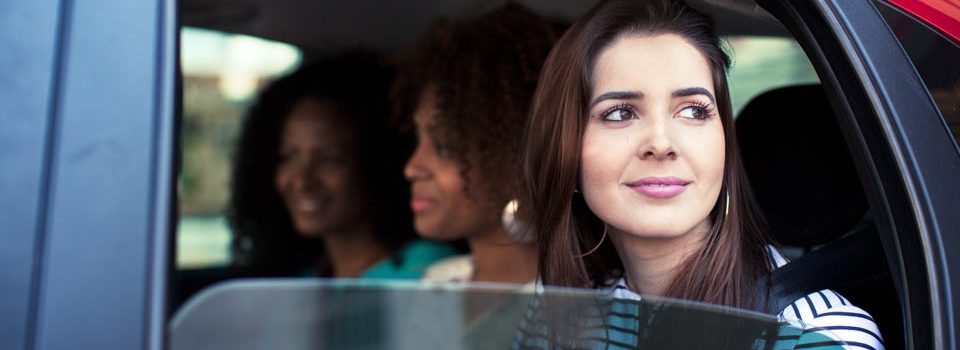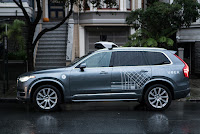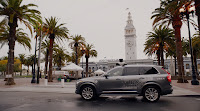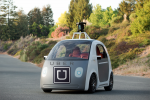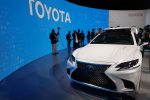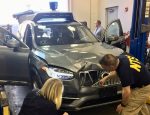
Uber is hoping to ensure its upcoming fleet of self-driving vehicles don’t trigger car sickness among passengers.
To do so, the ride-hailing company has applied for a patent on a selection of technologies to counter motion sickness, The Guardian reports.
In the patent are features like light bars and screens that signal the car’s intentions, vibrating and moving seats, and a flow of air that targets the face and other parts of the body in order to prevent passengers from getting sick. Uber doesn’t intend on providing stimulation to mimic the experience of the car moving, but instead wants to distract the brain when the car turns, accelerates or brakes.
In the patent, Uber says, “With the advent of autonomous vehicle technology, rider attention may be focused on alternative activities, such as work, socializing, reading, writing, task-based activities and the like.”
“As the autonomous vehicle travels along an inputted route, kinetosis (motion sickness) can result from the perception of motion by a rider not corresponding to the rider’s vestibular [balance and spatial orientation] senses.”
One intriguing feature of autonomous vehicles from Uber could be seats that automatically adjust their pitch, roll and/or yaw depending on what the car is doing.
